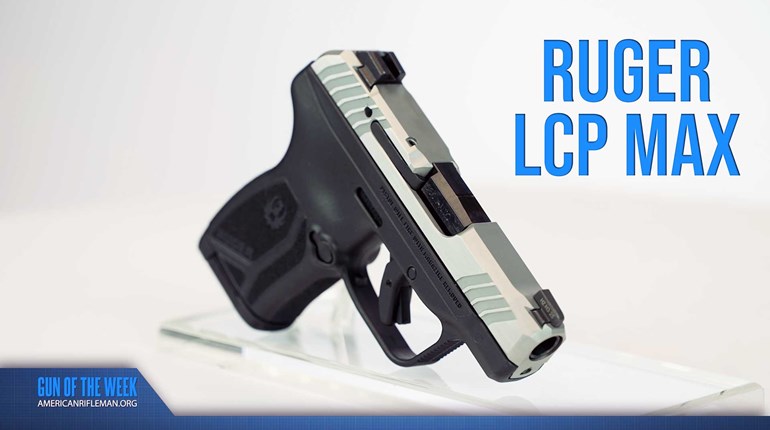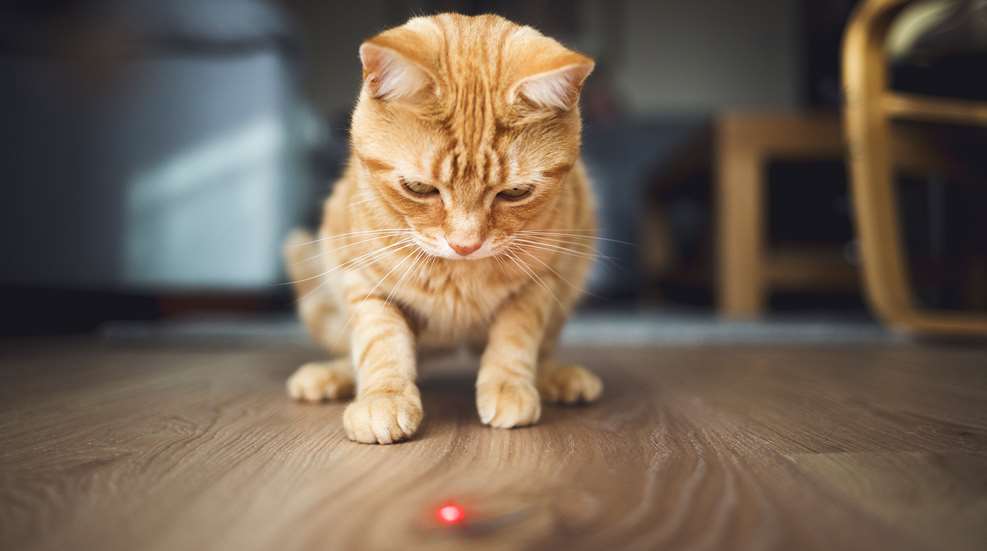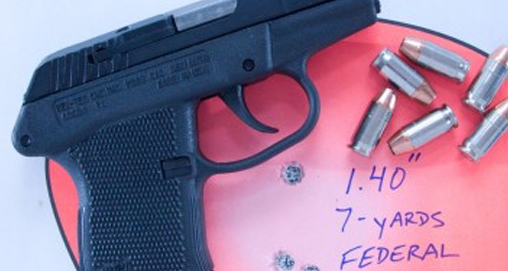
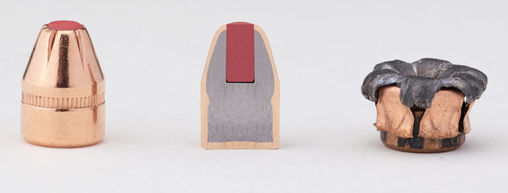
I've owned several little .22 and .25 ACP pocket pistols over the years, but it wasn't until Kel-Tec introduced its P3AT in .380 ACP that I seriously considered such a little gun as a potential tool for personal defense. Then, several ammunition manufacturers introduced pocket-pistol-specific defensive loads, and I was pretty sure I found the ultimate combination of concealability and power that could always ride unnoticed in my pant pocket.
Like many similarly armed gun owners, I had looked only at concealment and potential cartridge performance, and hadn't given a moment's thought to any special training or tactics that might have to go with choosing a very small handgun for concealed carry. Since then, my eyes have been opened.
It all began about four years ago when Tom Gresham and I were at Tiger McKee's Shootrite shooting school. Our visit occurred soon after Ruger introduced its LCP pistol, and the acceptance of that gun by the concealed-carry market was so overwhelming, it was hard to get .380 ammo—much less a gun. It seemed as though everyone was buying a .380, and McKee recognized that no matter how well made the gun or how effective the ammo, a little gun was still no gun to stand there and fight with. As a result, McKee had been working on tactics specific to this new market and we had the privilege of seeing some early developments.
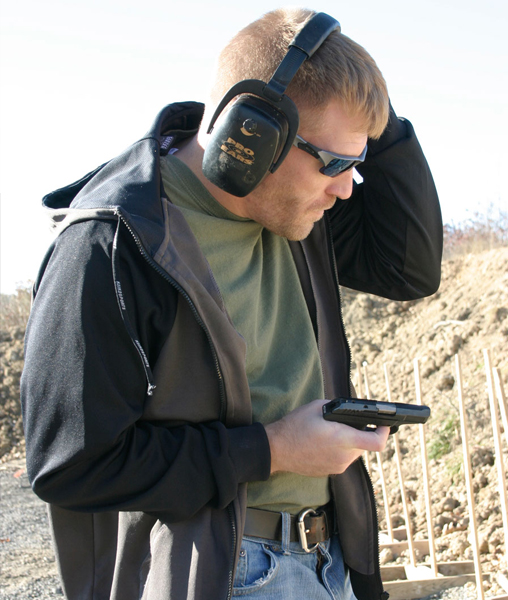
Sure a little pistol, or "mousegun," can stop an attacker, but they tend to be underpowered and hard to aim accurately, so the odds are not in your favor. Instead of what I consider traditional fight-stopping tactics, one thing McKee demonstrated was to use the gun to facilitate creating distance from an attacker.
The tactic amounted to what an air marshal buddy of mine calls "dynamic cover." This basically means shooting at your attacker to make him stop and duck while you beat feet. That made a lot of sense to me. If all I had was a little gun and no cover, then shooting at an attacker should make him hunker down behind his cover. While he was hunkering, I could be running—hopefully putting my own cover between us.
As simple as that may sound, you have to remember you're accountable for every one of your shots, so you can't just spray bullets while running away. To effectively train for dynamic cover, your practice needs to safely combine accuracy with retreat speed and stable footwork. Some readers may not agree with the tactic at all, and that's fine. As for me, I don't plan on standing my ground with a little gun if I don't have to. Instead, I still carry my little gun, but now it rides backup, and I train differently with it than I do a with full-size gun.















